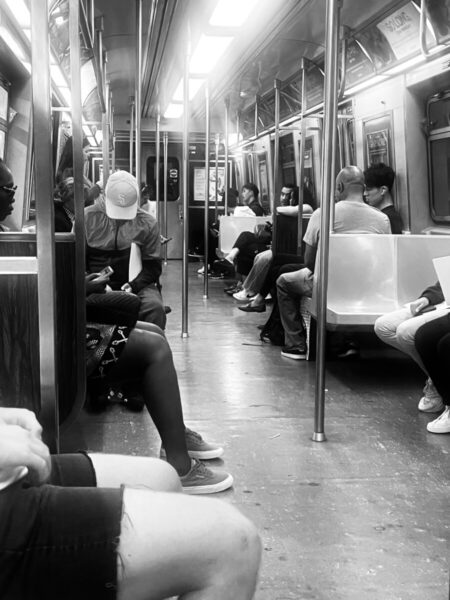
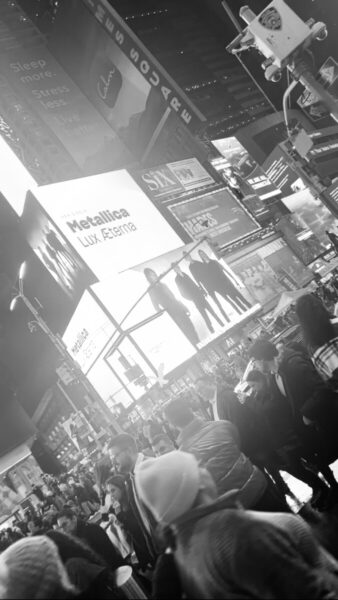
This picture has an ambiguous figure-ground relationship. The crowd in the foreground and the large, bright billboards in the background compete for attention, making it hard to decide which is the main focus. The tilted angle also adds to the confusion, blending the figures and the background together without a clear distinction.
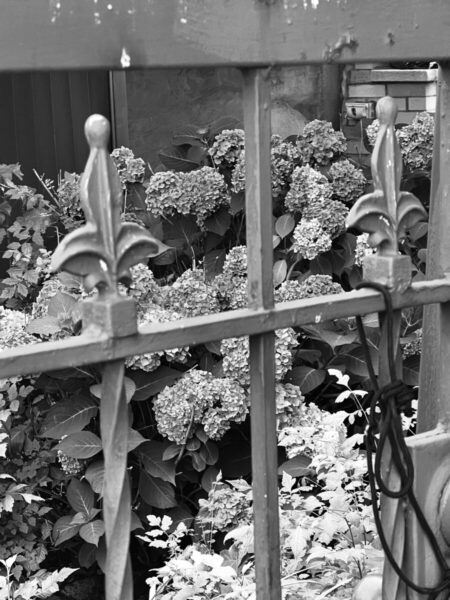
This picture shows an obvious figure-ground relationship. The fence in the foreground is clearly defined and sharp, making it easy to identify as the figure. The flowers and plants behind the fence serve as the background, and they’re separated enough that the viewer can easily tell what is in the front and what is in the back.
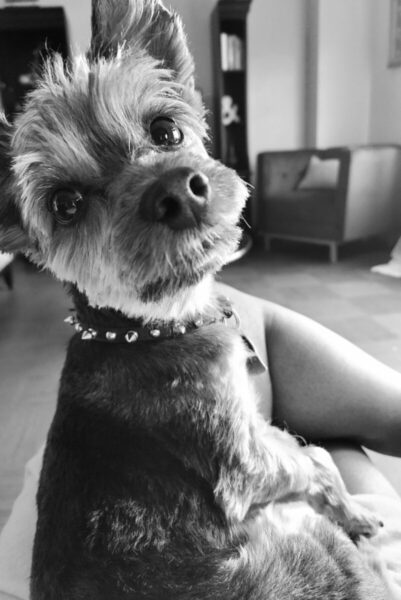
This picture is an example of an obvious figure-ground relationship. The dog in the foreground is clearly the main subject, with sharp focus and detail. The background, though visible, is blurred and less detailed, which helps the viewer immediately focus on the dog.
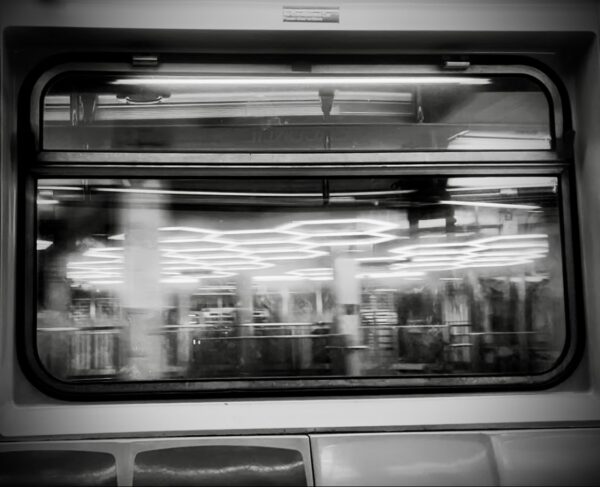
This picture shows an ambiguous figure-ground relationship because it’s hard to tell what the main focus is. The window frames the scene outside, but the motion blur makes it unclear whether the viewer should focus on the inside of the train or the blurry lights and shapes outside.
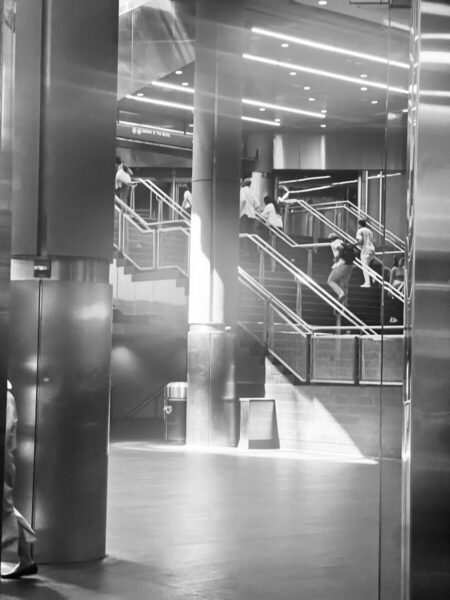
This picture is an example of an ambiguous figure-ground relationship. The image has reflective surfaces and multiple light sources, which makes it hard to immediately distinguish between the main subject (the people going up the stairs) and the background.




Leave a Reply